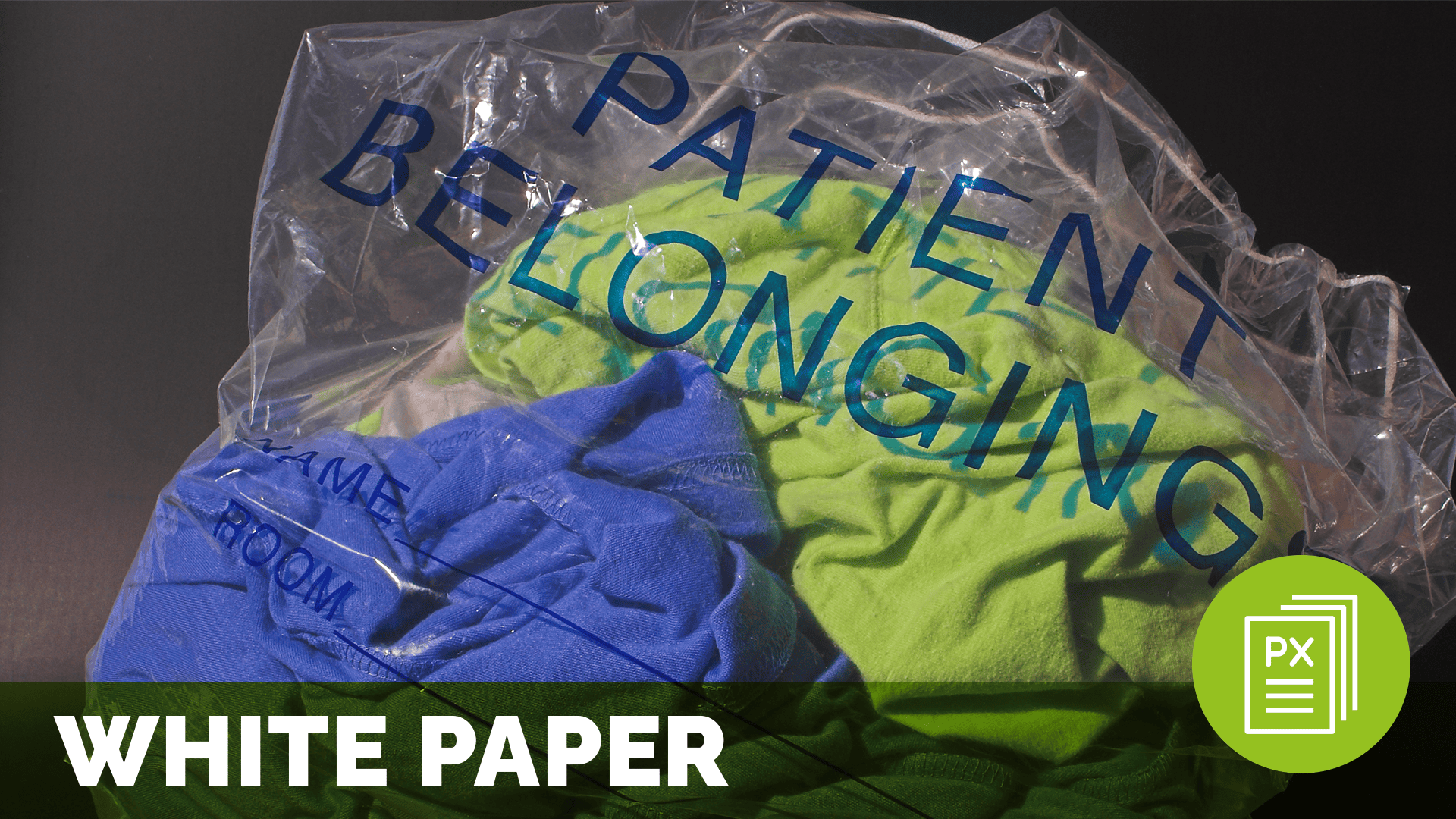Where Are My Things? Best Practices for Safeguarding Patient Belongings in Hospitals

Managing patient belongings is a persistent and complex challenge faced by nearly all hospitals and healthcare systems. When personal items are misplaced or lost during a patient’s hospital stay, the consequences go beyond inconvenience. Financially, hospitals may be liable for compensation or replacement of lost items, and operational resources are often diverted to investigate and resolve these issues. More importantly, the emotional toll on patients and their families can be significant, as the loss of personal items can create feelings of frustration, anxiety, and distrust toward the healthcare facility.
The paper “Where Are My Things?” published by The Beryl Institute, highlights these challenges and offers a thoughtful collection of best practices to improve the management of patient belongings. Drawing from real-world experiences and institutional examples, the paper emphasizes strategies that enhance accountability, improve communication between staff and patients, and integrate effective tracking systems to minimize the risk of lost items. Ultimately, the goal is not only to safeguard possessions but to elevate the overall human experience in healthcare. By addressing this seemingly small but emotionally significant aspect of patient care, hospitals can demonstrate empathy, improve trust, and support a more compassionate, patient-centered environment.
Related content
-
 Patient Family & Community Engagement | Quality & Clinical Excellence
Patient Family & Community Engagement | Quality & Clinical ExcellenceACR Patient Friendly Animations: Empowering Patients in Radiology
This webinar will review an initiative by the American College of Radiology Patient and Family Centered Care Commission to engage patients and empower them in their care. Most patients do not have the medical knowledge to understand the appropriate use of imaging tests for their clinical condition. To help address this issue, the ACR created
Learn more -
 Environment & Hospitality | Infrastructure & Governance
Environment & Hospitality | Infrastructure & GovernanceBut We’ve Always Done It That Way: Using SWOT to Enhance Your Volunteer Program
It’s easy to fall into a routine in Volunteer Services. But what if you could get free help to elevate your program and team? Learn how to conduct an effective SWOT analysis and gain valuable insight to help keep you at the top of your game. Alex Seblatnigg, CAVS, CPXP | Director of Volunteer Services
Learn more -
 Patient Family & Community Engagement
Patient Family & Community EngagementWe’re all patients, or we’re about to be
Jason Wolf, President and CEO of The Beryl Institute, speaks with Jennifer Bright, MPA, President of the International Consortium for Health Outcomes Measurement (ICHOM). In this insightful conversation, Jennifer shares her personal journey and passion for transforming healthcare. Together, they explore the vital role of patient centricity and why embracing a global perspective is essential
Learn more
